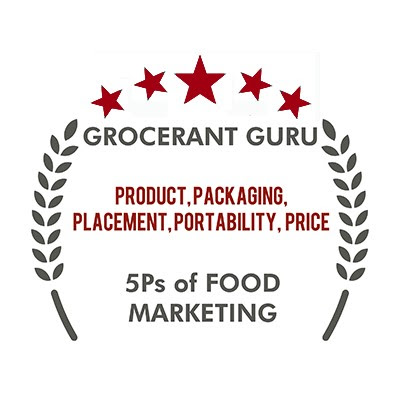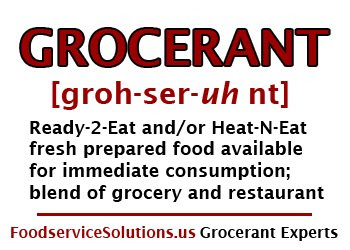In
a time when there are more digital natives working and spending money than ever
before retailers are evolving to give them what they want and according to
Steven Johnson Grocerant Guru® at Tacoma, WA based Foodservice Solutions® that
means technology. There is no doubt that more and more retail foodservice executives
are embracing self-checkout (SCO) capabilities, whether they already have
kiosks in place or plan to install stations in the future.
Once
again, there is a new survey was conducted on behalf of NCR Voyix
Corp. by Incisiv entitled "The State of the
Industry: Self-Checkout in Convenience & Fuel and Food & Grocery
Retail," revealed 43% of retailers have mature SCO networks, while
an additional 17% are planning to further scale up their self-checkout
deployments.
SCO
adoption rates currently vary by retail vertical; about half (53%) of retailers
in the food and grocery segment have mature SCO adoption vs. 34% of retailers
in convenience and fuel industry. However, convenience and fuel retailers plan
to catch up quickly, with 37% currently piloting or scaling SCO deployments,
according to the report.
Executives
who have already implemented SCO reported benefits for both retailers and
shoppers. Now let’s look at some of the
numbers that I’m sure will surprise you:
·
79%
reported a better customer experience
·
75%
believe the SCO stations enhanced store layout and space utilization
·
58%
reported lower labor costs
·
51%
reported improvements in operational efficiency
"Self-checkout
is now essential for retailers aiming to provide a better and more convenient
checkout, while also freeing up employees for other engaging and critical tasks
like helping customers in the aisles or keeping inventory stocked," said
Eric Schoch, executive vice president and president, retail at NCR Voyix.
Polled
executives also commented on common technology woes:
·
Less
than half (48%) reported it taking more than a month to roll out a standard bug
fix or update at SCO terminals.
·
Nearly
all (94%) retailers encounter challenges implementing simultaneous software
updates across their store network.
To
download the full NCR Voyix Corp. by Incisiv
report entitled "The State of the Industry: Self-Checkout in Convenience
& Fuel and Food & Grocery Retail," click here.
Headquartered in Atlanta, NCR Voyix provides digital commerce solutions to the retail, restaurant and digital banking industries through comprehensive, platform-led SaaS and services capabilities. It employs approximately 16,000 staff members in 35 countries.
For
international corporate presentations, regional chain presentations,
educational forums, or keynotes contact: Steven Johnson Grocerant Guru® at Tacoma, WA
based Foodservice Solutions. His
extensive experience as a multi-unit restaurant operator, consultant, brand /
product positioning expert, and public speaking will leave success clues for
all. For more information visit GrocerantGuru.com, FoodserviceSolutions.US or call
1-253-759-7869








.jpg)
















